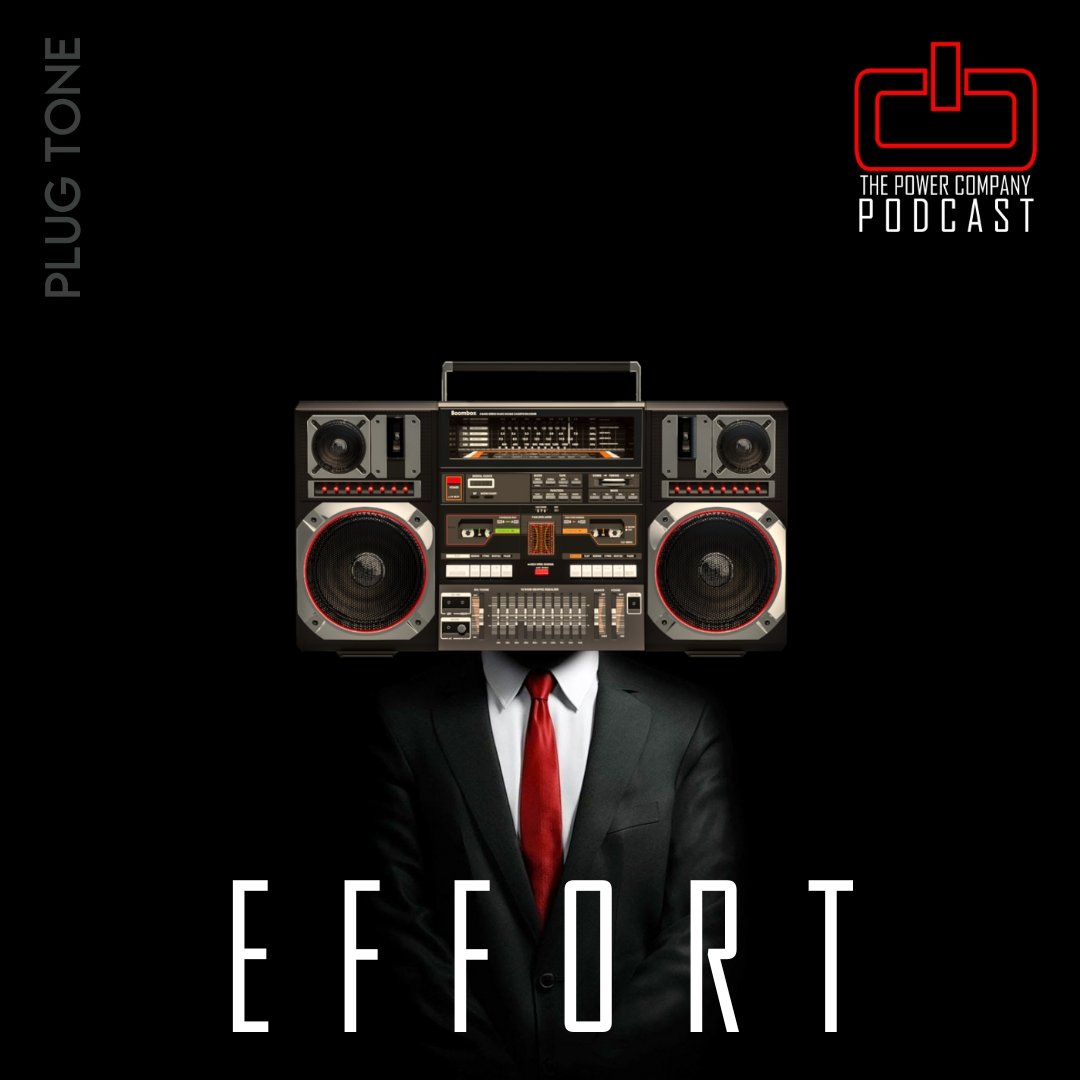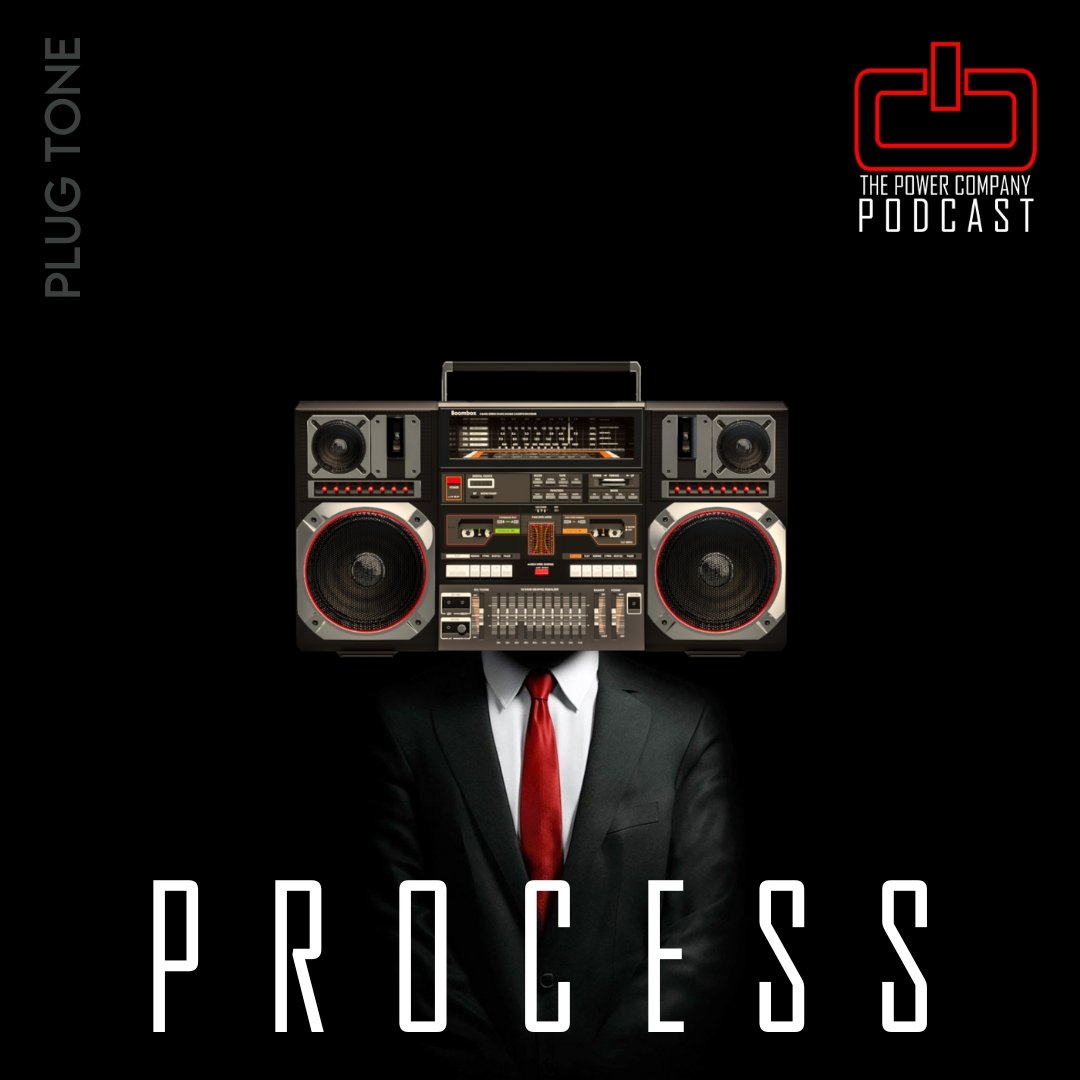Taped Tips | Connect the Dots: Where Climbers (and Coaches) are Going Wrong
There’s more information out there than ever. When I first started Power Company Climbing, there were very few training blogs, no training podcasts for climbers, maybe one other remote climbing coach, and honestly, very few reputable sources for information on how to improve.
That lack of information, or of people willing to offer advice, is certainly no longer the case. It’s quite the opposite now. There’s SO MUCH out there to wade through, never mind spending time to parse it out, verify the claims made, and think critically about the applicability of it. There are hundreds, maybe thousands of internet coaches, dozens of podcasts all doing the same interviews about the same topics, and millions of posts and videos telling you exactly how to train.
That’s the root of our problem.
But the problem itself? That’s us – and how we collect these things.
Nowadays, a trainer can just make a post about how useful an exercise is that they literally made up two minutes earlier and have never tested, mention that science says so, and we buy it. That person is suddenly an expert. Because: science.
What we don’t see is that they based this new exercise on a wild extrapolation they pulled from a study about how plyometrics affects a sedentary population of adults over 65, and then suggested that 13-year-old competition climbers should be doing exactly this protocol.
That really happened. And people bought it. I suspect there are some youth coaches who jumped right on it. And it happened because we have become collectors of dots.
Climbers looking to improve. Coaches trying to make their mark. Organizations hoping to pull people in. We’ve all – partly due to our desire to improve and fit in, and partly due to our nearly extinct attention spans – become collectors of dots. Collectors of protocols and exercises and magic bullets and oversimplified aphorisms.
Rather than connectors of dots. Because connecting dots requires investing time and investigating underlying principles and interrogating complex interactions – rather than simply drawing a 1-to-1 causal relationship.
And I get it. Collecting dots is fun. You scroll through Instagram or YouTube or listen to the latest episode interviewing Alex Honnold about how he trains. You pick out the things you want, drop them in your basket, and move along to the next aisle. What’s Adam Ondra doing this week? Great, I’ll take one of those as well. Thing is – it’s a bottomless basket. And we treat it as such. Day in and day out, collecting more and more dots. Endless dots.
Rarely, if ever, do we linger on one single dot for any length of time. We’ve long forgotten all about those dots at the bottom of the basket. Even more rare that we connect two dots together in a meaningful way. And honestly, it’s probably those dots at the bottom of your basket that are necessary to form a complete picture.
But why would we linger on those old things?
We can’t! We need to post every day! On seven different platforms! Weekly podcast episodes and YouTube videos. Shorts. Reels. Stories. Threads. Tweets (or X’s?). LOTS OF DOTS. And if we aren’t posting, we’re scrolling those same jam-packed platforms.
With the amount of content we have to produce and consume in order to stay relevant, when on earth would we have time to connect any dots?
Take for example what I’m doing right now. You’re reading a blog post, but there’s also a podcast episode, a YouTube video, an Instagram post, a newsletter, and probably a reel or two for this. I’ll spend an extra few hours just to give the same thing to five or six different audiences, and the whole thing gets pushed to you with the clickbait title of Where We’re All Going Wrong. Fact is, this isn’t even really about you. Or me. It’s about us, about our relationship.
So what it comes down to is that, for now, I’m done collecting dots. And I’ll do my best to stop giving you disconnected dots to collect. Because like I said, this sharing of information is a relationship. It can’t be about me just showing you how smart I am. It has to be about me trying to help us, and hoping that you further the conversation, too, so that the collective “we” can get smarter together.
I’ll be telling you more in coming months about how I plan to continue connecting dots…But I’m getting off track here and I realize I’m being a little obtuse.
So let’s look a little more closely at the difference between collecting dots and connecting dots.
The way I see it, there’s one major thing that happens when we connect dots that is entirely lost in mass dot collection: critical thinking.
Let’s take for example the campus board. Developed by Wolfgang Güllich in the early nineties to help him prepare for Action Directe, it became the de facto way that climbers trained power. Wolfgang used it for a powerful route. Grab that dot and put it in your bag.
But recently, some coaches got a few velocity measurements on themselves and their friends, and said that we aren’t really using the campus board as a tool to train power in the technical sense because we can’t move fast enough. They’ve gone as far as to say that campus boards are useless.
And they may be right – about power training. Not about campus boards being useful or useless. Maybe not though, since they only measured velocity and not force, so they never figured out the actual power expressed. Or even understood the full picture of rate of force development in climbing, so they had nothing to compare against.
Thing is, I don’t really care if they are right or not. It’s one dot. I’ve collected – and connected – lots of obvious dots that point to something else.
Because power, as we express it in climbing, isn’t a singular dot. It’s not simply force x speed, as science uses it. It’s not just the rate of force development. It’s not one singular point at the middle of the force velocity curve. When we discuss power while climbing we can’t ignore the technique used to initiate the explosive movement, the understanding of trajectory and release of tension, and the timing and coordination needed. And that doesn’t even factor in the mental space required to use momentum, which for many feels a lot like losing control, and the commitment needed to believe you can actually latch the target hold.
Power is a lot of dots, all interconnected, that in application are absolutely inseparable.
We also know that these types of movements are best practiced in a low stakes, low stress environment. For many people, that’s not outside. It’s not on a complicated gym boulder. It’s not while everyone who is also working the same boulder is watching. Instead, initially, we want to learn these key “dots” while doing the simplest movement possible in a low stakes environment.
Which sounds like a good argument for a campus board. Put foot rungs on it, and it’s even better. Frankly, it’s shocking to me that so many gyms still resist installing them.
So anyway, whether or not we’re able to produce enough speed to make the campus board a highly effective strict definition power trainer isn’t really the point. We absolutely can use it as a tool to work on all of these other aspects that will contribute to whether or not a powerful move is successful or not. And successful moves are the goal. Force x Speed or Rate of Force Development are simply small aspects of making that move work. And for most of us, likely not the most important aspects.
So keep the campus board. It’s a useful tool. And sure, keep the dots. Collect them all. Just start connecting them.










As climbers, we fail a lot. And yet, we don’t even like to hear the word.